Wood, an organic material and natural composite, is used in the design and building of our public spaces, houses, and countless everyday objects. We have been co-existing with wood and using it for many thousands of years, and yet designers and architects often experience a new sense of enthusiasm for its endurance and beauty and other diverse properties.
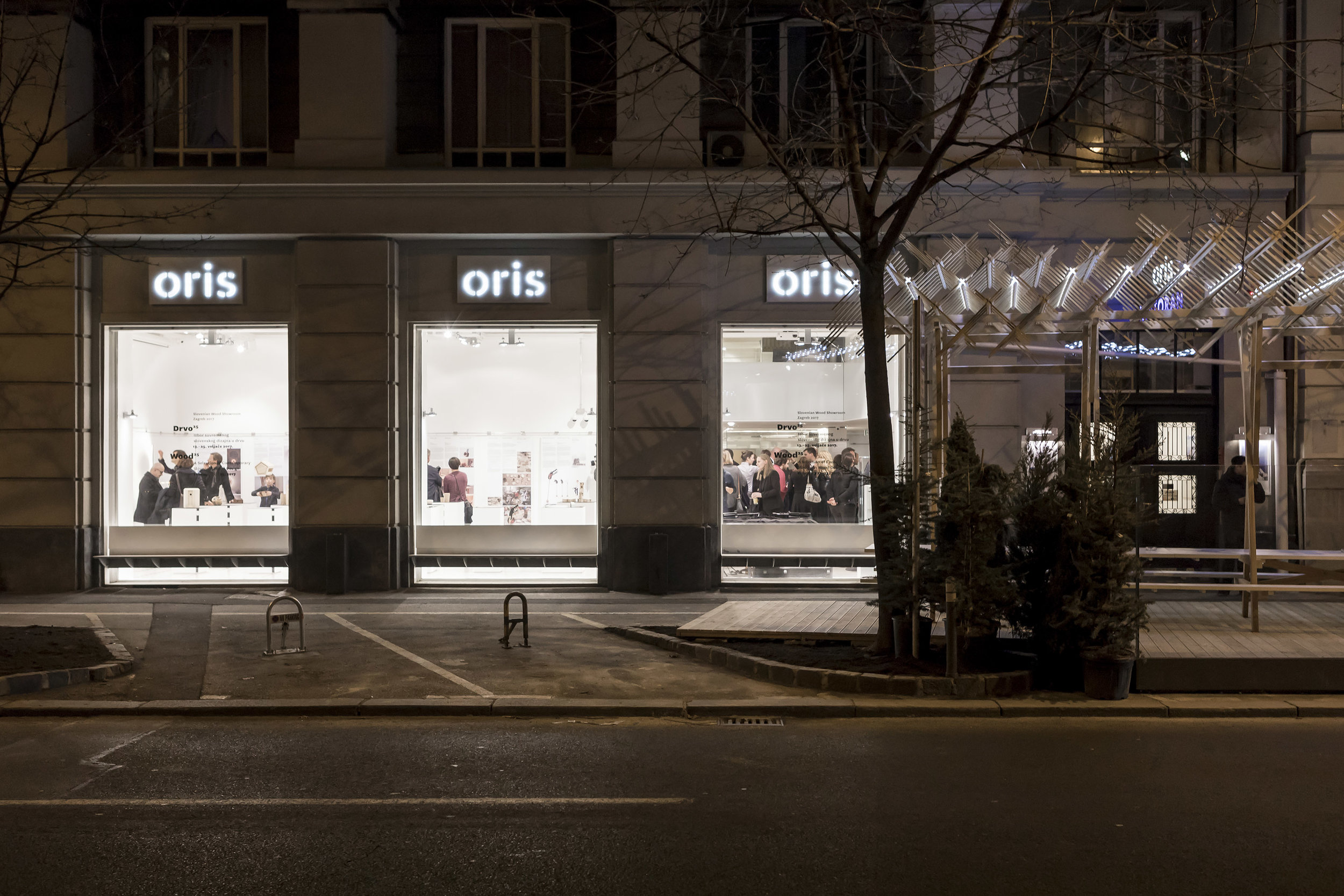
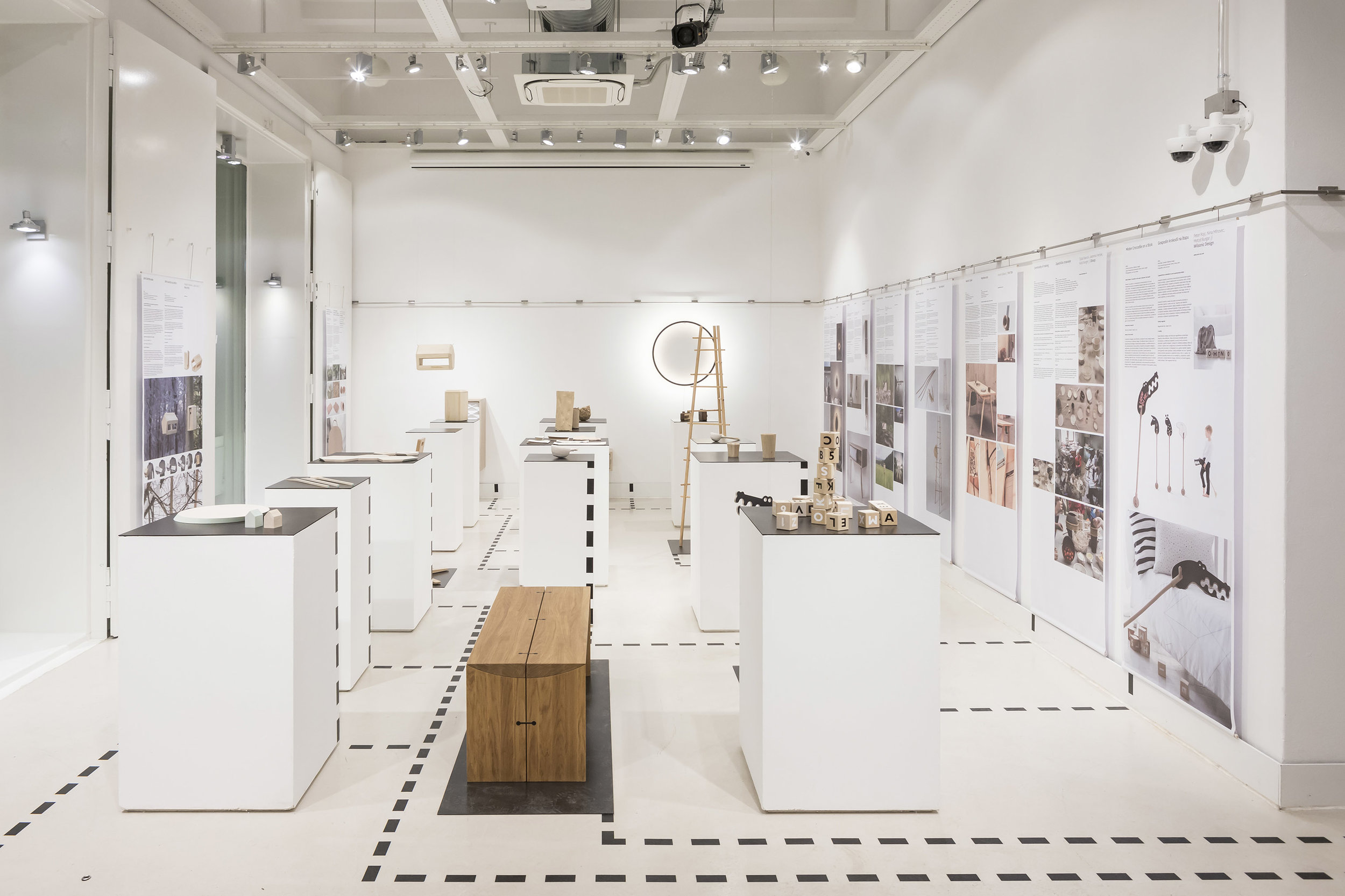
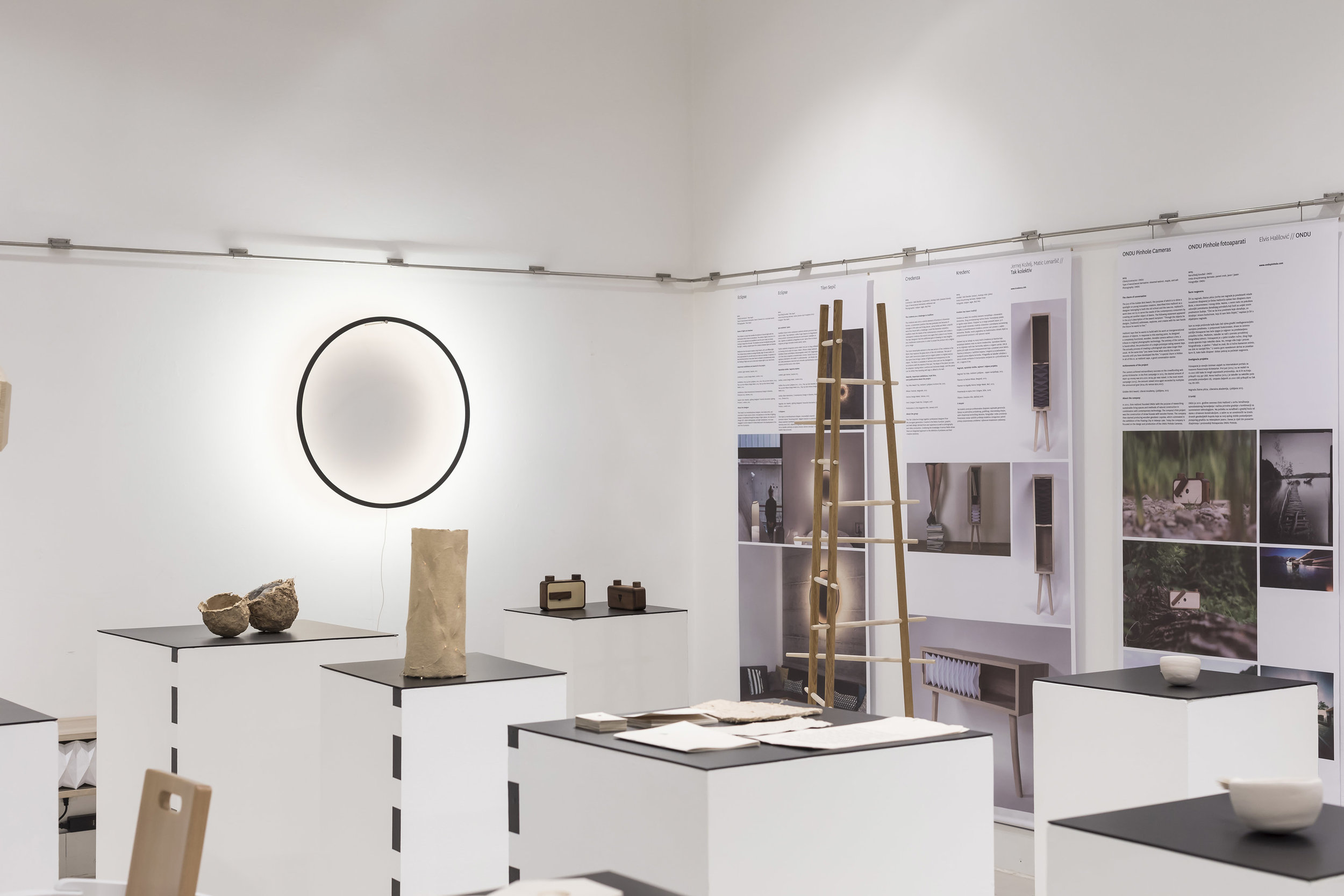

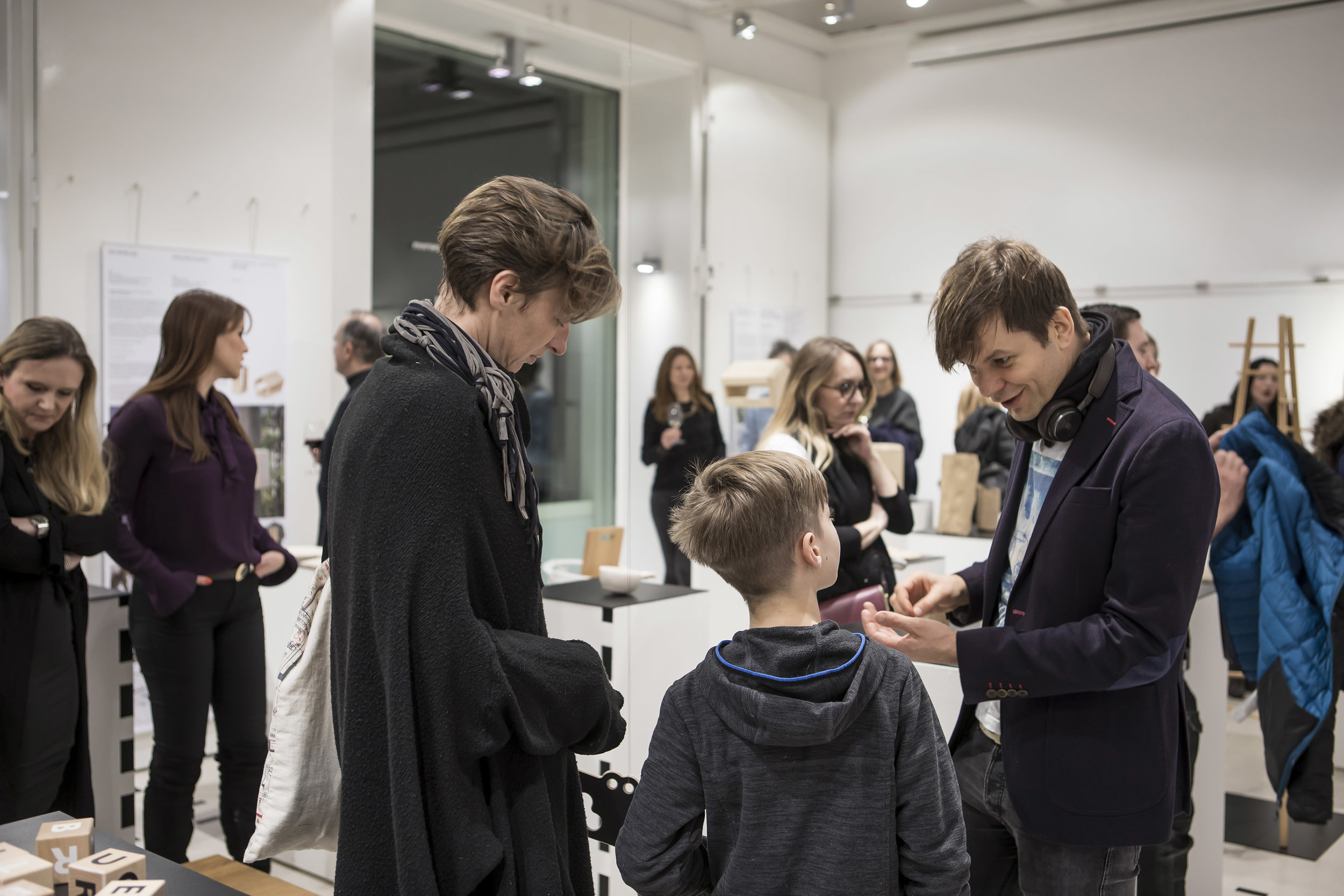

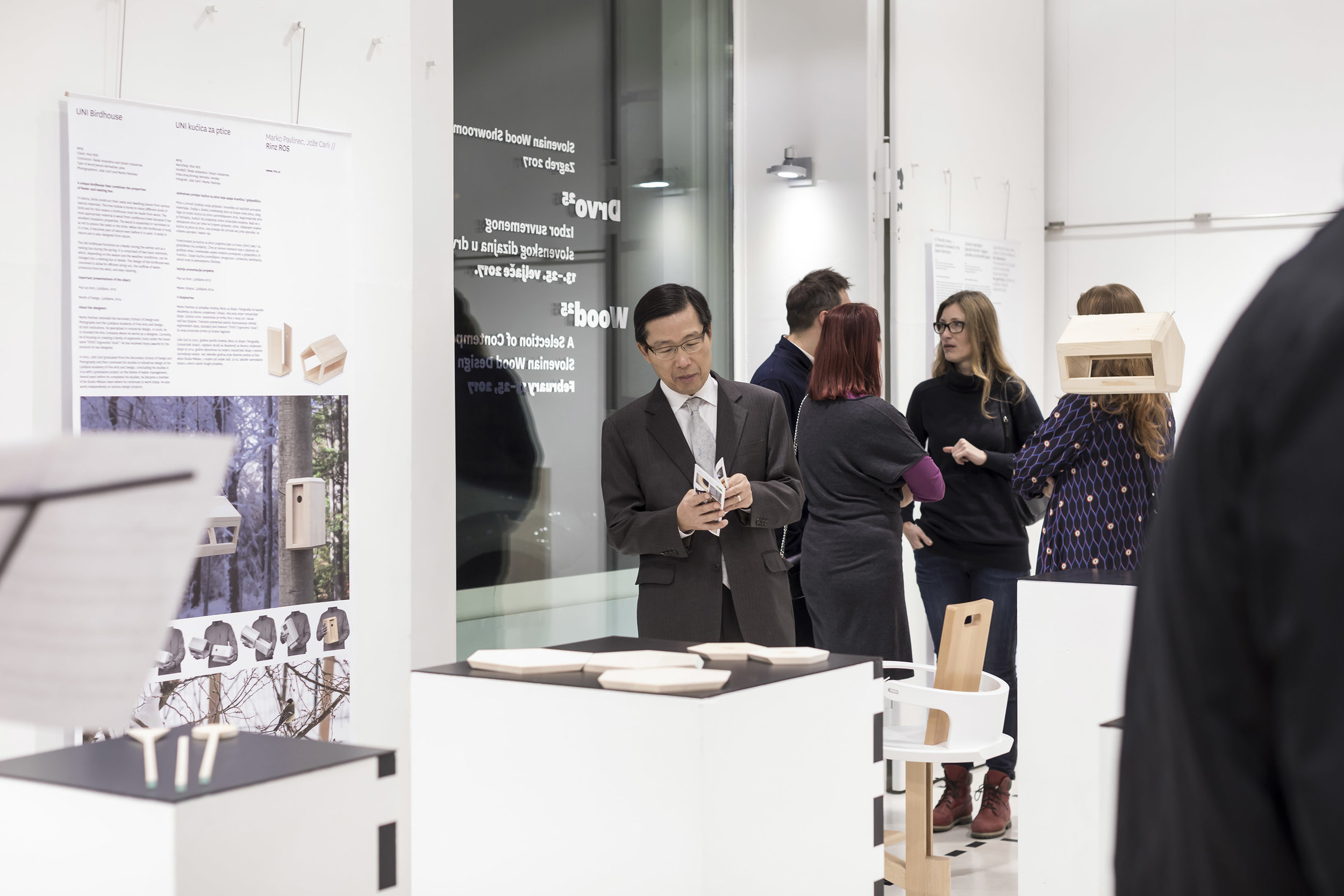
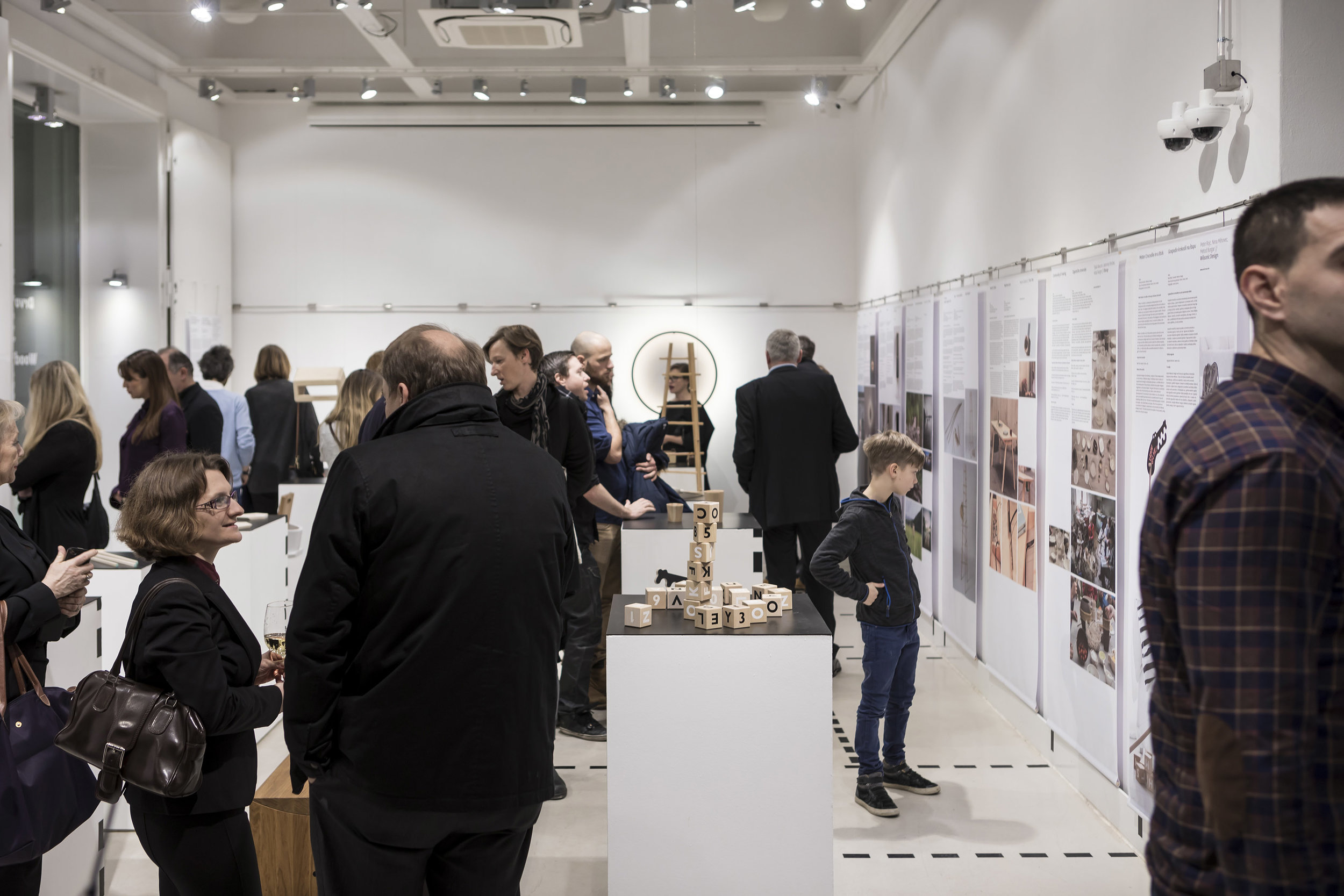
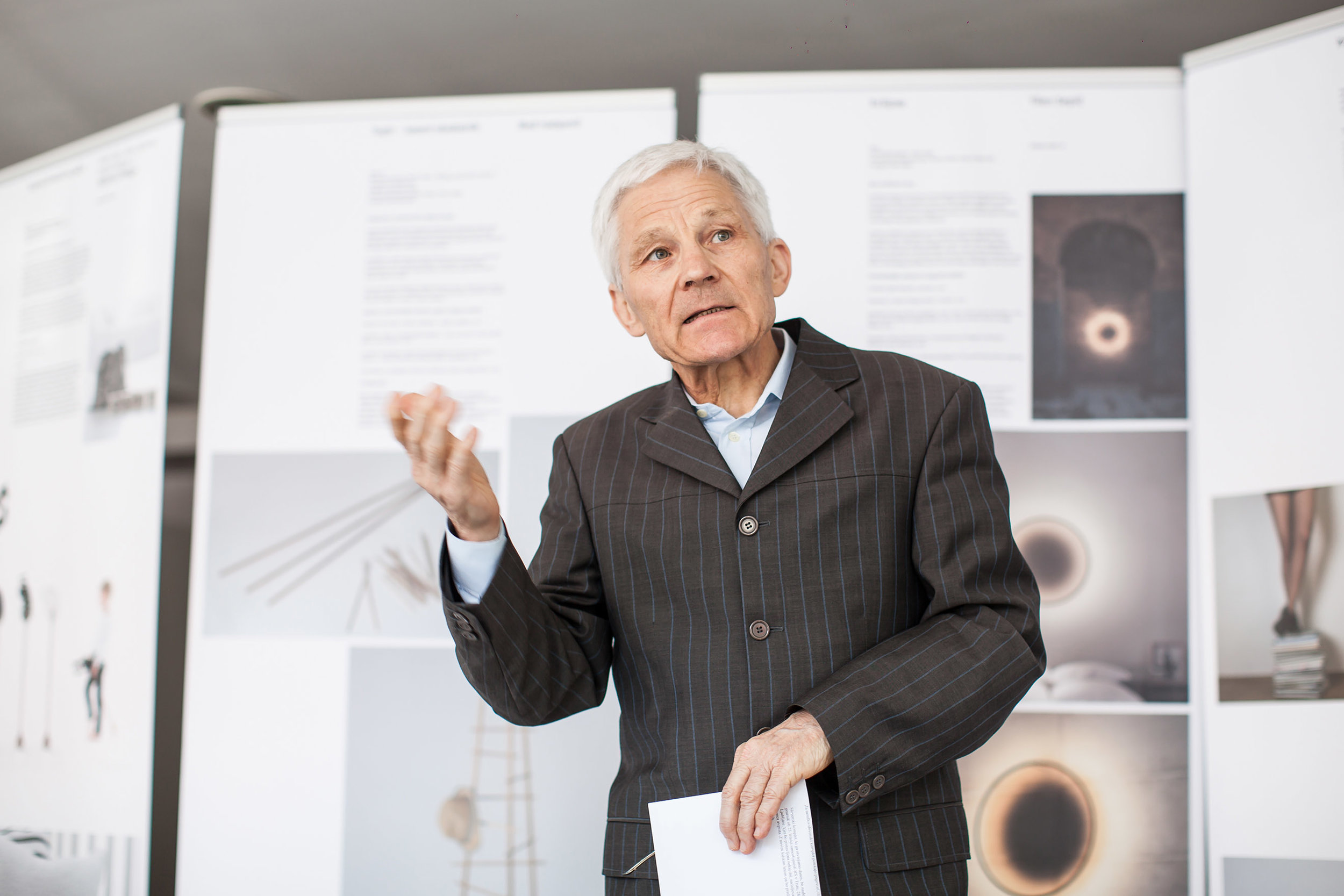
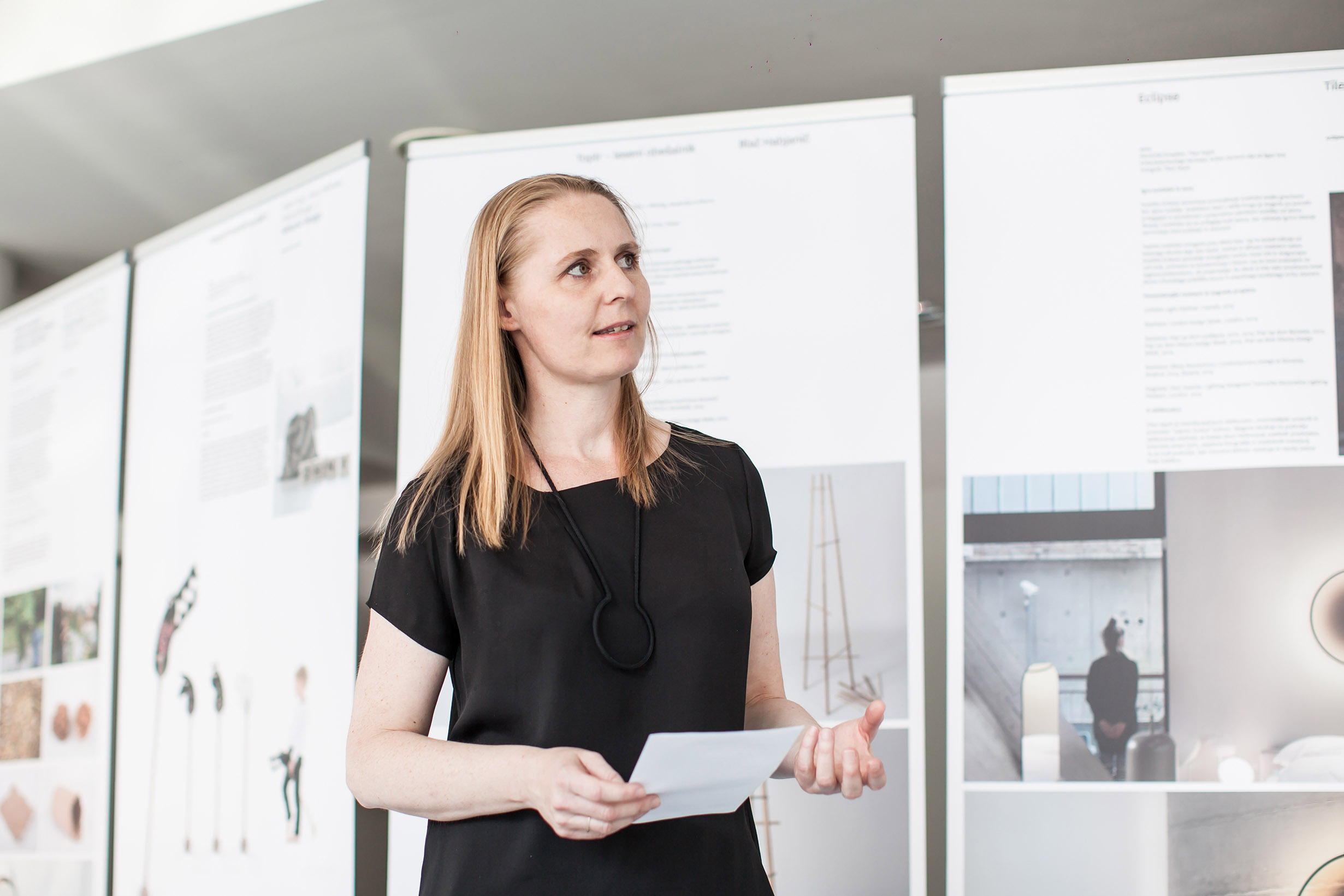



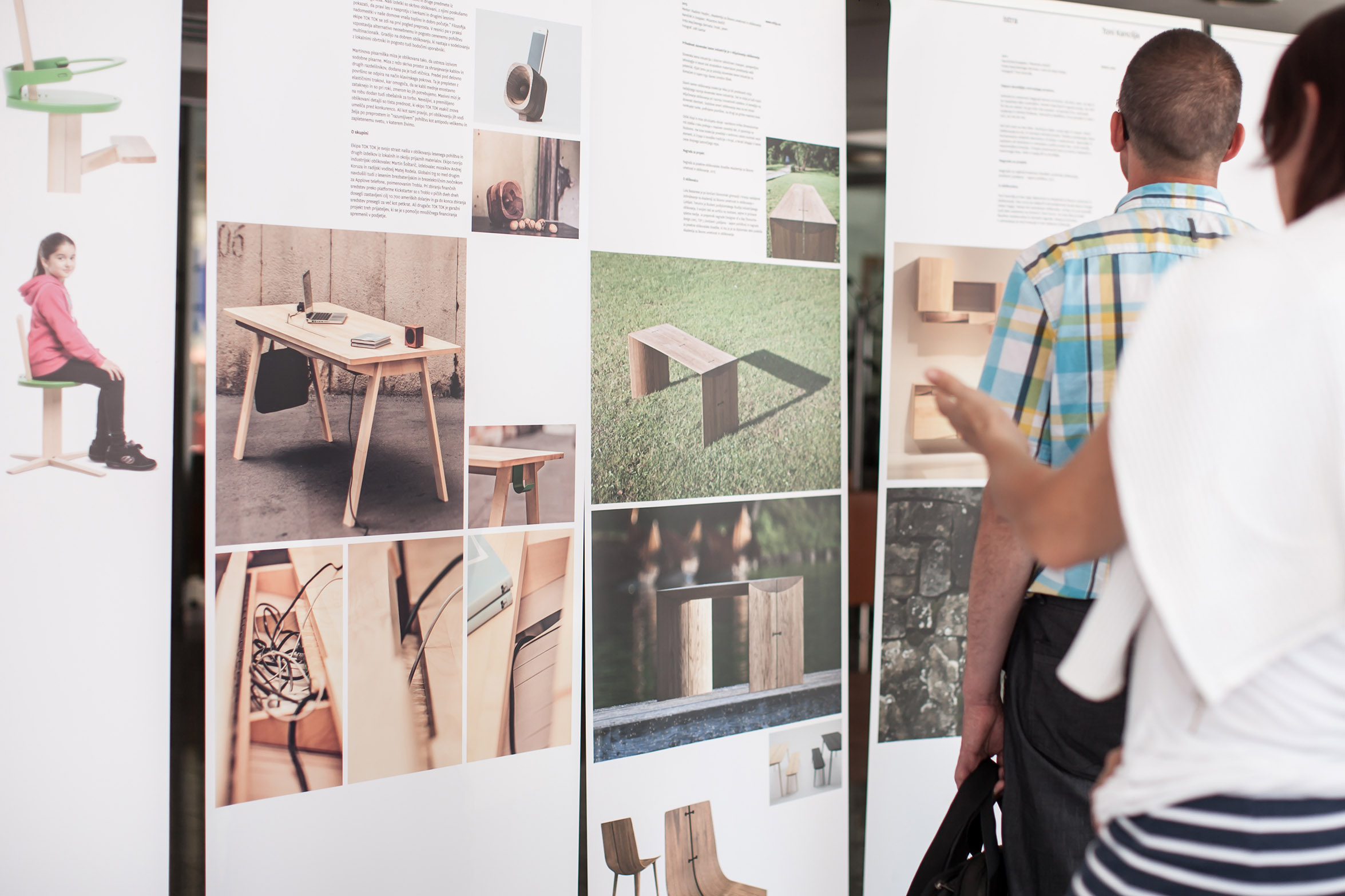

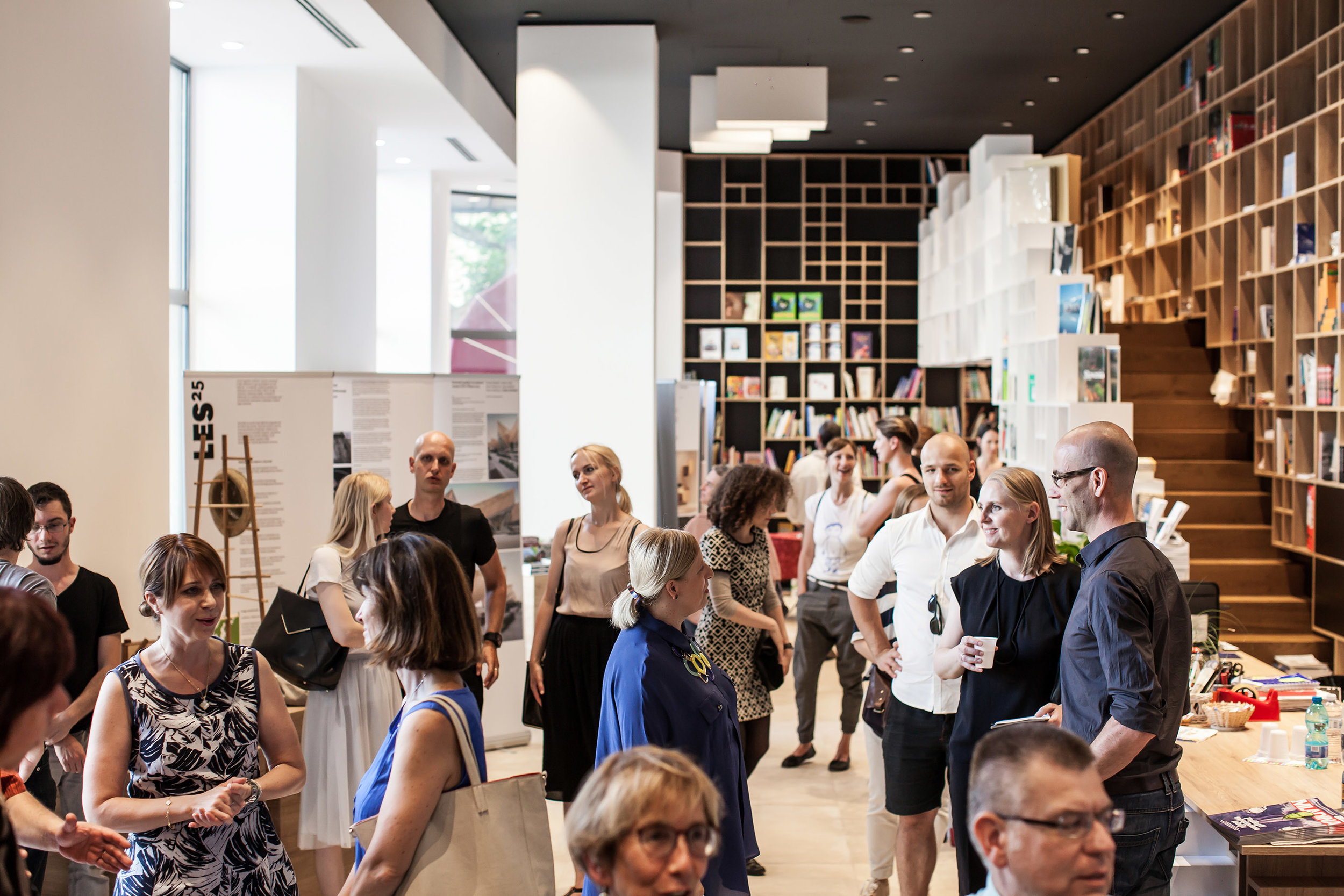

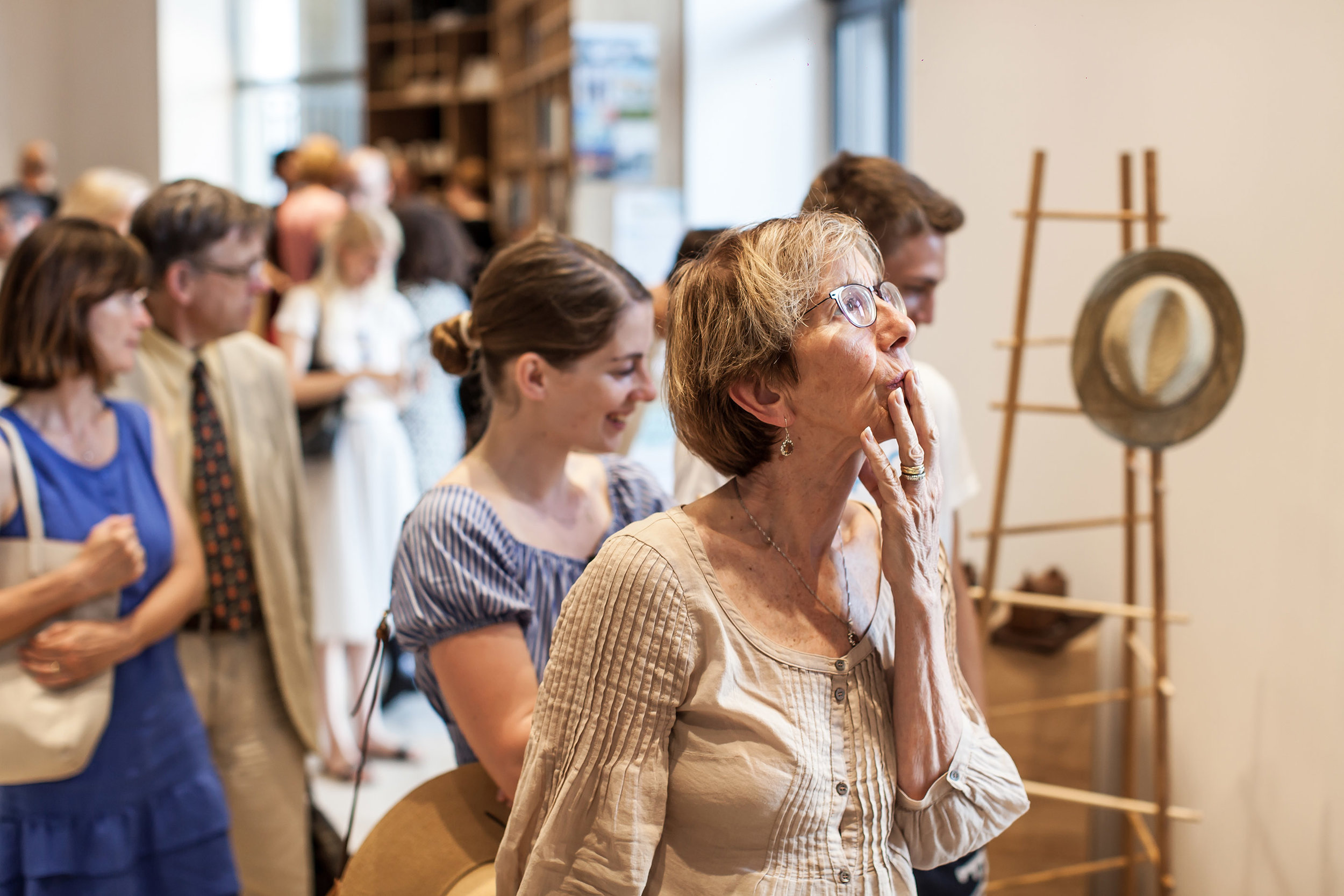
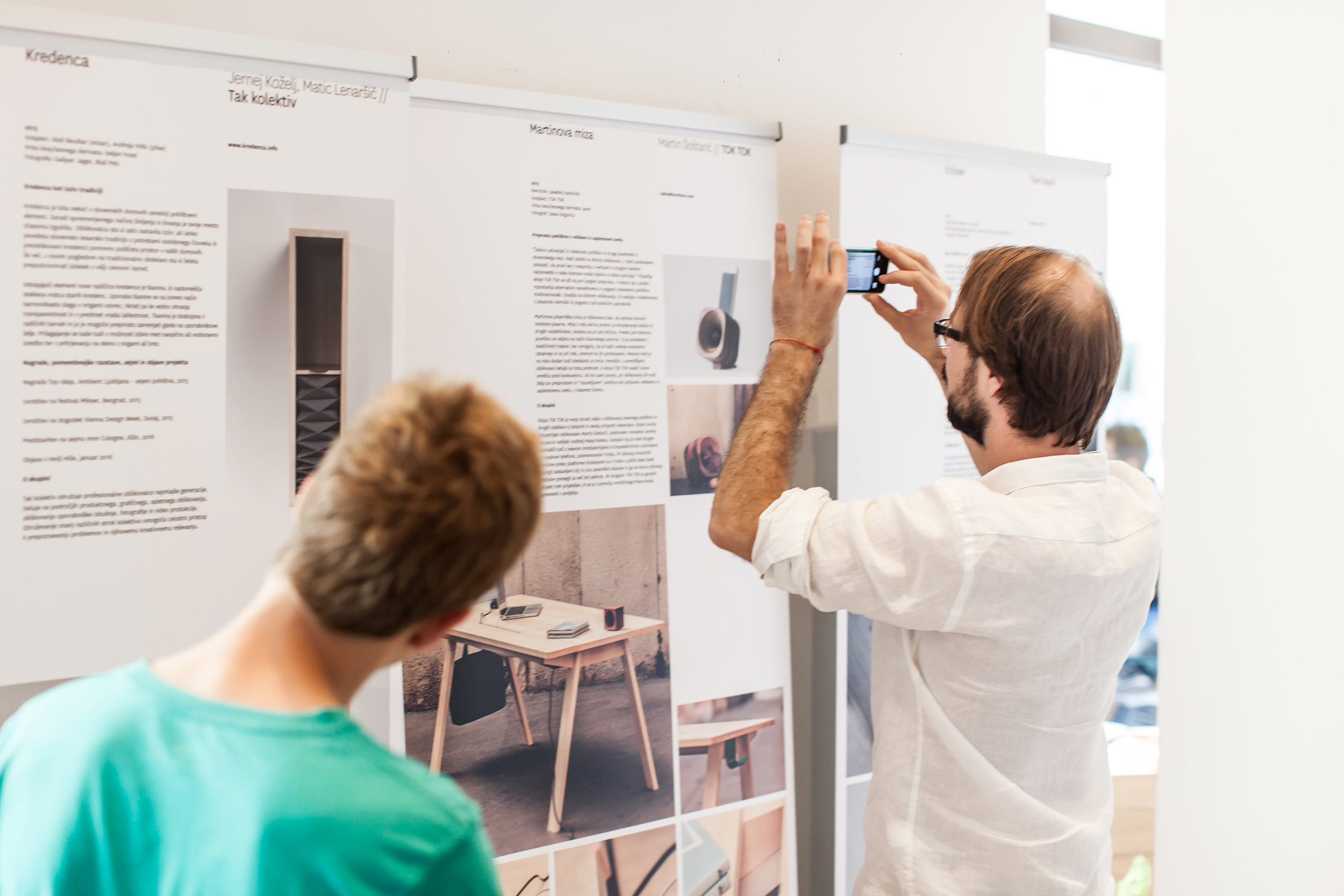


Because of the extraordinary quality and quantity of its forests, Slovenia has a particular awareness of wood as a natural resource that offers numerous opportunities. Moreover, Slovenia has a clear strategic purpose for actively supporting wood as one of the products that Slovenian companies can successfully market. Wood25 is an exhibition of a few selected highlights in this segment.
Moscow, April 26, 2018
Wood 5200
A brief history of wood design in Slovenia
Stone is often considered the first known material used to create tools and weapons in the evolution from Homo habilis (handy man) to Homo sapiens (wise man), but the same thing might be said of wood. However, because of its organic nature, the first objects made from wood were not preserved. And yet, instead of a bone, Kubrick's man-ape in the film 2001: A Space Odyssey might just as easily have grabbed a wooden stick that would function equally well as an extension of his arm, giving him a crucial advantage over his opponent.
The moment man made the leap from hands to tools, we can begin to speak of a new shape of existence as Vilém Flusser described it in his work The Shape of Things: A Philosophy of Design. In that instant, we began to be alienated from our natural environment. Before us there lay the outline of a culture that, on the one side, protected us, and on the other, made us its captives – in the sense that once we embarked on this voyage there was no way back. Each time we redesign the environment, it redesigns us, and a new space is created for the next phase of development. In the beginning, this ongoing development was motivated above all by the primal desire to secure a better quality of life.
In this context, design (in the widest sense of its meaning – namely that everything around us is designed either in a tangible or intangible way) is one of the crucial factors creating contemporary man whether we are aware of it or not. It is precisely through objects from everyday life that we can distinguish civilizational gradations in the history of human development.
But now let us return to wood: an omnipresent part of our existence from the very beginning. The first designs in wood included pieces of massive wood hollowed out to create simple vessels, wooden sticks used as handles on various tools, wooden canoes made from tree trunks that facilitated transportation along waterways. The prehistoric indigenous population in what is today Slovenia was surrounded by natural gifts, above all abundant forests, and began to make use of the vast potential offered by wood.
This population lived in prehistoric pile dwellings, essentially wooden stilt houses, that were designed for a terrain that was either periodically or permanently covered by water. The pile dwellings dated from the early Stone and Iron Age. Some forty pile dwellings built between the fifth and second century BCE were discovered on the damp and boggy ground of the Ljubljana Marshes. The Ljubljana Marshes Wheel, approximately 5,200 years old, remains one of the most important finds from the life of the prehistoric pile dwellers. The oldest wheel in the world, it undoubtedly represented an exceptional development in the field of design.
Ljubljana Marshes Wooden Wheel
In the opinion of the experts on the project The Oldest Wheel and Axel in the World, the object was part of a prehistoric two-wheeled cart. “The wheel is comprised of two ash wood boards connected with four oak wedges and a rectangular opening in the middle through which an axel [made of oak] is passed. The choice of wood is not coincidental. Ash is a hard and durable wood from a species of tree that grew in the vicinity of the pile dwellings.”
Even from this short description, we can perceive a deliberate and planned approach that indicates a new developmental level of civilization. Namely, the wheel indicates the transition from a gathering civilization to one of planned agriculture and the raising of livestock. In the context of planning, it is important to select the appropriate material, to perfect the construction and production of the object, and above all to start with a concept of functional design. Today these three elements are the basic criteria used to recognize quality in design.
From a tradition of handicrafts to contemporary design
In all of the regions of Slovenia, the development of handicrafts had some connection to wood. Nevertheless, as Janez Bogataj reported in his book Masterpieces of Slovenia, there are two regions that stand out in terms of the design of wood products: the Ribnica Valley along with Kočevje, and individual part of the Notranjska region. In 1492, the inhabitants of these places “received permission from the Emperor of Austria to engage in the sale of homemade wood products.” These products came to be known as suha roba (dry goods) in the Slovenian language, a category that includes not only wooden objects but also baskets.
In addition to the most characteristic product in this category, the wooden cooking spoon, many other objects were designed and developed including bowls, plates, barrels, roof shingles, clogs, and small boxes for trinkets. In terms of larger pieces, chests and chairs were the most common. Top artisans in the field also became known for the crafting of bowed stringed instruments, including violins. In Slovenia, we find the first manufacturers of violins as early as 1750. The master violinmaker, Vilim Demšar, who produced violins in the years before World War II was among the most renowned.
Professional wood design
After World War II, the policy of industrializing society in Slovenia opened a space for professional industrial designers. Niko Kralj, a pioneer in this field, set two important historical milestones during his first year of work at the Stol Factory. In the fall of 1952, he was the first professional designer and developer employed at a factory in then Yugoslavia, and he created the first prototype of the Rex armchair, still a cult object today.
The maxim of Kralj’s design philosophy was already visible in his first product: namely, that high quality products characterized by technological innovation should be accessible to everyone. Many Kralj products were created in this spirit and some of them, particularly the 4455 Chair and Lupina, are still praised today. Following the departure of Kralj, Branko Uršič continued the tradition of well-planned and high-quality design at the Stol Factory. The L furniture system from 1981–83 is an example of Uršič’s excellent design.
During the 1960s, the NKVFV series of lights designed by Nives Kalin Vehovar and Franc Vehovar stand out for their inventiveness. The lamps are made from pine and maple veneer “with the aim of modulating the architectonic space of the light zone in order to create various emotive accents.” As the architect Grega Košak further noted, the two designers succeeded in achieving this aim because of the careful choice of material and excellent design qualities. “The curved veneer successfully balances temperature differences and allows for the convincing use of wood with an accent on the expressiveness of the structure of the wood”.
The designer Sergio Gobbo also had a keen understanding of how to make good use of the benefits of wood. In 1975 in Ulm, his wooden toys were recognized by the German Committee for Good Toys as the best toys in Europe. During the 1970s, the Ciciban Company and Mehanotehnika produced several sets of wooden toys (a series of boats, wooden city blocks, and Ciciban’s small world).
During this same period, the Slovenian furniture industry (Meblo, Slovenijales, Stol, Brest, Alples) produced, not just furniture, but more and more excellent designers. The most outstanding among them – most having received several awards at the Slovenian Biennale of Industrial Design – were: Biba Bertok, Lado Ercegovič, Ljerka Finžgar, Marjan Gašperšič, Anika Logar, Tone Pogačnik, and Dušana Uršič. Bertok, the creator of the Nataša children’s bed from 1974, was honored in Design Month 2013 for her timeless design. At first glance, the bed appears to be a simple object, but because of its adjustable height, it fills the functions of cradle, playpen, and child’s bed. It is not only multifunctional, but also successfully extends the life of the product.
Contemporary Slovenian design in wood
Despite Slovenia’s strong design tradition and its abundant natural resources, most of the companies referred above went bankrupt after the Republic of Slovenia became independent in 1991. Nevertheless, young designers, educated in independent Slovenia, are continuing the tradition – whether it be by drawing from the crafts tradition, upgrading top-level modernistic design or creating brand new solutions – and once again paving the way for the next generation with the purposeful and well-conceived use of wood and wood derivatives.
Barbara Predan
Opening of the exhibition:
Salle des Fêtes de la Mairie du XVI arrondissement, Paris, France, May 31, 2016
Ministry of Culture, Republic of Slovenia, June 7-17, 2016
Centro Triestino del Libro - ts 360, June 23-29, 2016
Oris, Kuća arhitekture, Zagreb, Croatia, February 13-25, 2017
Danski Inštitutu za gozdarstvo, naravo in biomaso v Kopenhagnu in knjižnici v Frederiksbergu, Danska, April 24-May 28, 2017
Vseruski muzej dekorativne in narodne umetnosti, Moskva, Rusija, April 26-May 25, 2018
Photos: Aleš Rosa
Invitation, Ljubljana, June 7, 2016 (in Slovene)
A Ljubljana welcome speech (pdf, in Slovene)
Invitation, Zagreb, February 13, 2017
A Zagreb welcome speech (pdf, in Slovene)
Invitation, Moscow, November 30, 2017
Wood25
A Selection of Contemporary Slovenian Wood Design
The exhibitors:
SoNo Arhitekti: Slovenian Pavilion for the Milan World Fair EXPO 2015
OFIS arhitekti: Alpine Shelter on Skuta
Studio Miklavc: Mobile Info Point at Triglav National Park
Toni Kancilja: Istria
Luka Bassanese: Nika Collection
TOK TOK: Martin's Table
Gigodesign: Tot (Froc)
Tak kolektiv: Credenza
Tilen Sepič: Eclipse
Blaž Habjanič: The Topir Wooden Hanger Stand
Wilsonic Design: Mister Crocodile on a Stick
Re-generacija: A Friendly Enemy — Japanese knotweed in the paper laboratory
Oloop: Community of making
Design Studio Mashoni: Ribrand
Marko Pavlinec and Jože Carli, Rinz ROS: UNI Birdhouse
Elvis Halilović, ONDU: ONDU Pinhole Cameras
Exhibition concept, selection of exhibits, and text editing: Barbara Predan
Photography: authors’ archives
English translation: Erica Johnson Debeljak
German translation: Urban Šrimpf
Croatian translation: Soglasnik
Proof-reading: Alja Predan
Graphic design: Ranko Novak
Prepress: Gordan Čuka
Exhibition design (in Zagreb): Arne Vehovar in Urša Vrhunc
Construction of exhibition: RPS
The exhibition Wood25 was initiated and created with the financial support of the Ministry of Culture of the Republic of Slovenia.
Zagreb edition:
The Wood25 exhibition was mounted on the initiative and with the financial support of the Ministry of Culture of the Republic
of Slovenia. The exhibition was supported and organized by SPIRIT Slovenija, Public Agency and the Ministry of Economic
Development and Technology of the Republic of Slovenia. Coordinator of Slovenian exhibitors is the Wood Industry Cluster.
More about the exhibition (pdf, in Slovene)
"V Zagrebu razstava o sodobnem slovenskem oblikovanju v lesu", RTV Slovenia's segment on the exhibition in Zagreb
(in Slovene)
"Slovenski oblikovalci na razstavi o lesu v moskvi", RTV Slovenia's segment on the exhibition in Moscow
(in Slovene)

